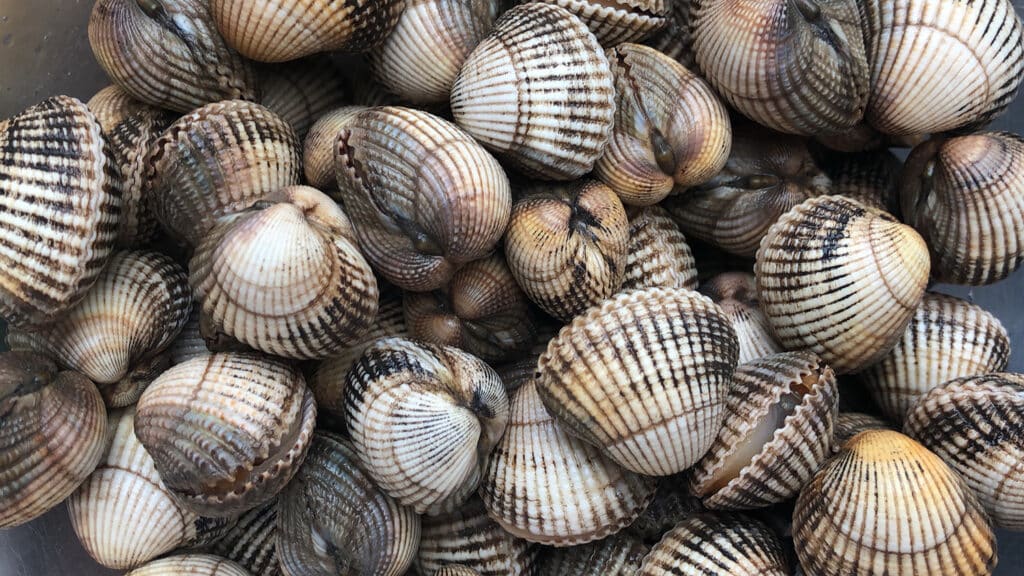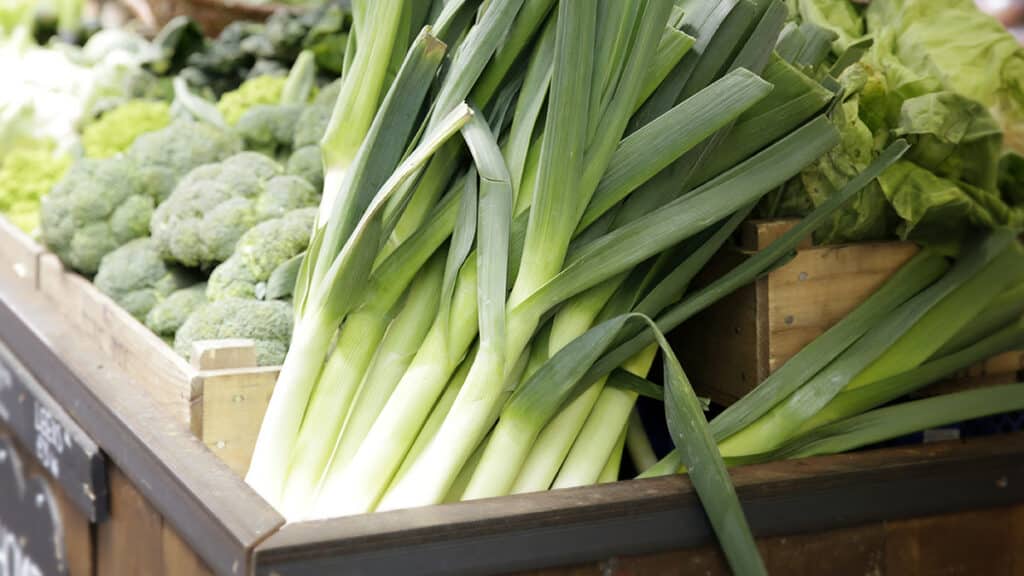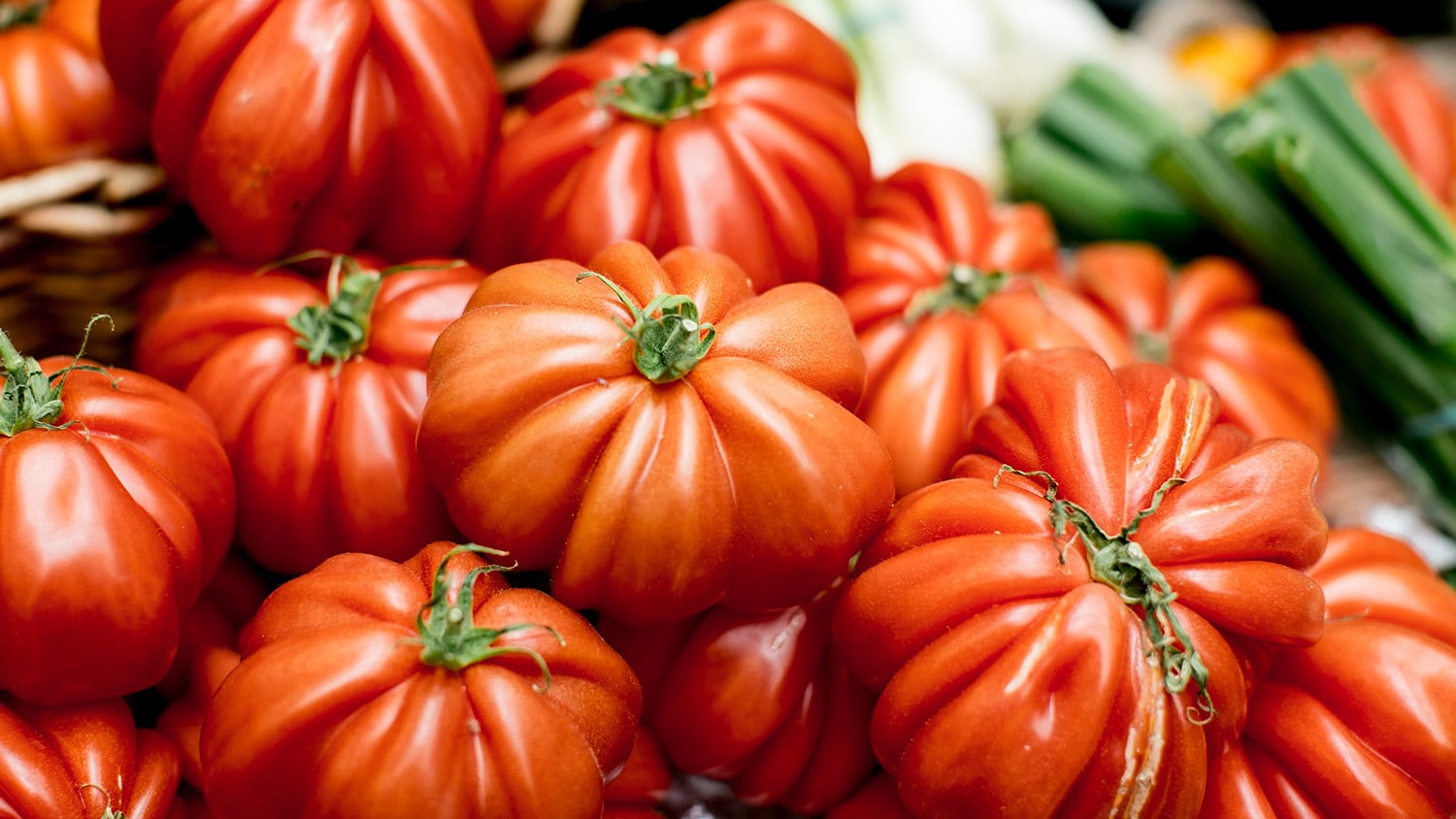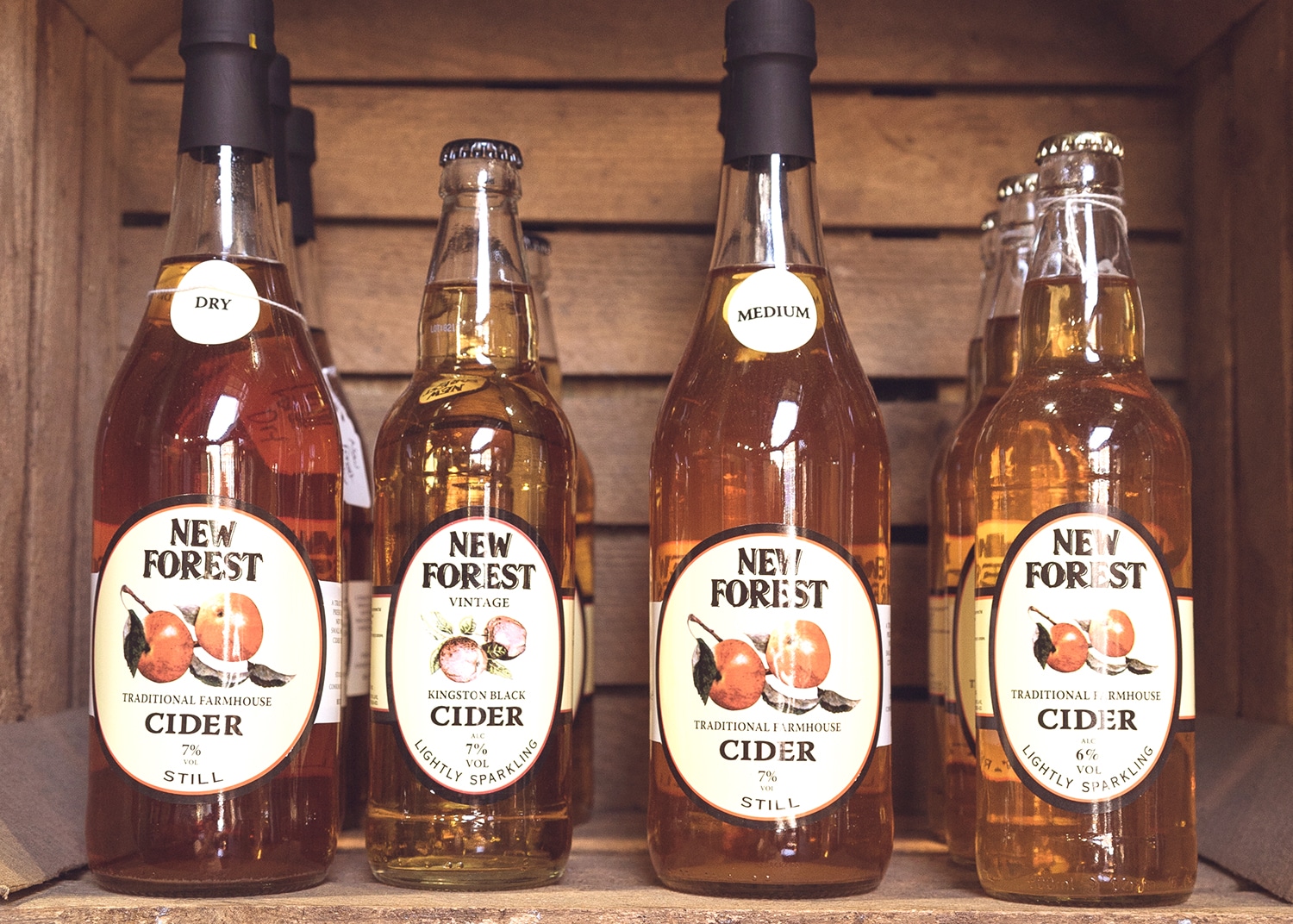Edible histories: Welsh food
For St David’s day, Mark Riddaway, author of Borough Market: Edible Histories, tells the story of Welsh food and explains the cruel joke behind Welsh rarebit


WELSH FOOD CONTAINS A SMALL YET ENVIABLE PALETTE OF INGREDIENTS, THE REFLECTION OF A UNIQUE TOPOGRAPHY
If there was one thing about Wales that everyone in Tudor England knew, it was that the Welsh couldn’t get enough of toasted cheese: a dish known in Wales as ‘caws pobi’. In The Merie Tales of the Mad Men of Gotam, a collection of stories attributed to the writer Andrew Boorde, a good laugh was had at this particular culinary obsession.
St Peter, so the story went, found himself in deep trouble with God for letting too many Welshmen into heaven. Standing outside the pearly gates, St Peter “cried with a loud voice, ‘Caws pobi! Caws pobi!’, that is as much as to say, ‘Roasted cheese!’ Which thing the Welshmen hearing ran out of heaven at great pace… And when St Peter saw them all out he suddenly went into heaven and locked the door! And so appeared all the Welshmen out!”
The fact that the Welsh could be tempted out of eternal celestial bliss by something as mundane as a cheese toastie says something quite profound about the history of Welsh food. In most countries, the story of the national cuisine is told through tales of great feasts, of palace kitchens, of exotic imports and elaborate dishes. In Wales, the food that defines the nation’s culinary history – including that addictive caws pobi – is the food of the poor, of the pastoral Celts, of the peasantry, passed down through a rich oral tradition.
Think of a classic Welsh foodstuff and it will be almost certainly be the product not of fancy, well-equipped kitchens but of humble fireplaces; cooked in a single large pot or baked on a bakestone. Think of cawl, one of the most famous of Welsh dishes, a simple broth of vegetables and meat (usually bacon) but with a thousand regional and local variations. After potatoes were introduced to Wales, their starchy bulk became integral to many of these hearty soups, but otherwise a cawl dished up today would be much the same as any produced by a medieval farmer’s wife, cooking over an open fire. Welsh cakes offer a similar echo of domestic simplicity, baked on a stone or a griddle rather than in anything as highfalutin as an oven.

The history of Welsh food is one of a small yet enviable palette of ingredients, a reflection of the nation’s unique topography: mutton, lamb, pork, beef and dairy from the hillside pastures; barley, oats and rye from the upland farms; leeks, brassicas and root vegetables from the fields; mackerel, herring and cockles (pictured top) from the sea; salmon, brown trout and sewin (Welsh sea trout) from the rivers. And salt, lots of salt.
The Celts were big believers in the culinary and preservative miracles possible through the heavy use of salt, and archaeological evidence of salt-making abounds at Iron Age sites throughout Wales. As well as being used in the preservation of meat, salt was – and still is – central to the production of Welsh butter. In this dairy-loving nation, butter was for centuries the only viable way of bringing luxurious fats and flavours to an otherwise frugal peasant diet. Proper Welsh butter still contains enough salt to make a cardiologist weep. Delicious though.
Cheese, too, was both popular and, for centuries, heavily salted. A clause in the medieval Welsh legal code known as the Laws of Hywel Dda suggests that cheese was commonly soaked in brine. According to the law, while the cheese was still in the brine it belonged to the wife, once out of the brine (and therefore presumably ready to eat) it belonged to the husband. Lucky old wife.
While we’re on the subject of cheese, let us address the sticky subject of Welsh rarebit. Caws pobi is Welsh, but Welsh rarebit categorically isn’t. The word ‘rarebit’ is a corruption of ‘rabbit’, and most likely has its roots in a racist English joke. In the 17th and 18th centuries, the English used the epithet ‘Welsh’ to mock things for being a bit crap: using a ‘Welsh comb’ meant brushing your hair with your fingers, a ‘Welsh cricket’ was a louse. Welsh rabbit was a dish containing absolutely no rabbit, eaten by poor people who couldn’t afford anything as luxurious as meat. Cheese on toast wasn’t known as Welsh rarebit because the Welsh ate it (although, as we’ve seen, they clearly did); it was known as that because the English, who were equally partial to a spot of melted cheese, liked to be horrid about their Celtic neighbours.
One terrible irony for the Welsh was that, for all their enjoyment of toasted cheese, the very best cheese for toasting was made across the border in England. The acidity of Welsh soil has always made Welsh milk better suited to the production of soft cheeses, meaning that West Country cheddar – the epitome of sharp, melty loveliness, much coveted by lovers of caws pobi – was consumed in large quantities throughout Wales.
Thankfully, Welsh farmers had the perfect asset for trading at Somerset markets, enabling them to buy as much hard cheese as they needed: Welsh sheep. Mutton and lamb from the Welsh hills was much prized, so the trade in this most meltingly tender and flavoursome of beasts was a rich one. Most of the best meat was, however, destined for wealthy English tables, leaving the Welsh diet short on meat and long on cabbage, leeks and one less widely used green vegetable: seaweed.
Plentiful and hugely nutritious, a type of seaweed known as laver has long been plucked from Welsh beaches, boiled for several hours, then chopped or pureed into a soft, evenly textured paste known as laverbread (‘bara lawr’ in Welsh). Edmund Gibson’s 1695 translation of William Camden’s Britannia contains a description of “a kind of alga or sea-weed” being made into “a sort of food call’d lhavan”: “Having gather’d the weed, they wash it clean from sand and slime, and sweat it between two tile-stones; then they shred it small, and knead it well, as they do dough for bread, and make it up into great balls or rolls, which some eat raw, and others, fry’d with oatmeal and butter.”
Served with bacon and cockles, laverbread became a central part of the Welsh breakfast, fuelling the back-breaking work of mining communities, and it remains one of the most unusual and distinctive of Welsh dishes. Whether or not it’d be enough to drag a Welshman out of heaven is a matter of conjecture.


